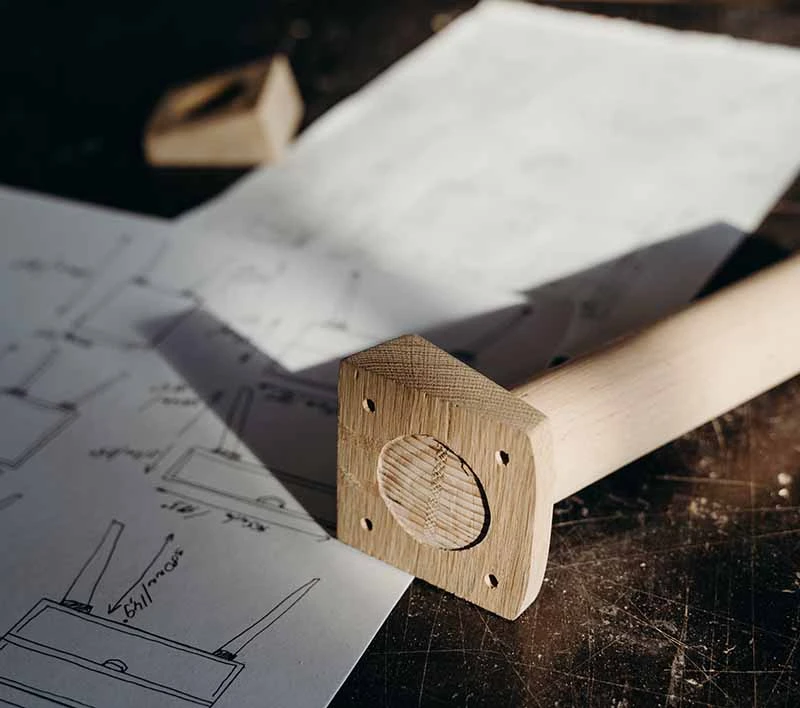
Furniture in the New Climate Economy
22-Feb-2023
The new climate economy is on the rise, with experts forecasting that, in the next 20 years, "climate will move from being a sector of the economy to becoming the dominant force in macroeconomics," says Michael Ferrarri, managing partner at Atlas Research Innovation.
Our new 06-part series, FURNITURE in the NEW CLIMATE ECONOMY, will explore the multiple ways in which climate change is accelerating innovation across the furniture industry, from materials to business models. How can we redesign the furniture industry – and everyday furniture – with climate in mind?

No aspect of the emerging 21st-century global economy is likely to escape the influence of climate and sustainability factors. What we call the new climate economy “will disrupt all industries – from manufacturing, the production and use of energy, food, fiber and material resources to the evolution of transport options and consumer preferences," notes Sinead O'Sullivan, a senior fellow at MIT SLOAN and MIT School of Computation.
In change often lies opportunity. The World Economic Forum estimates fighting climate change - and protecting nature and biodiversity - could generate $10 trillion annually in business opportunities and create nearly 400 million new jobs around the globe. When it comes to our sector, though, furniture is not yet among the industries getting a great deal of climate-driven attention – compared to pushes to overhaul sectors such as fashion, food and construction. Our new series intends to help move the needle on that.
The furniture sector has an outsize impact on our planet and climate. The industry relies on ever-growing sourcing of natural raw materials from the earth's limited resources. Furniture also relies on synthetic materials that are, or become, harmful to human and planetary health. On top of that, the growing phenomenon of "fast furniture" stimulates careless consumption. According to the EPA, Americans discarded more than 12 million tons of furniture and furnishings in 2018 alone - and over 80% of that ended up in landfill.
Once in landfill, wood and other natural materials release methane while decomposing - with landfills as one of the three mains sources of human methane pollution, a major contributor to climate change. And, in addition, polluting emissions are created every step of the way in furniture production, from resource extraction to manufacturing to transporting materials and finished products - often for furniture thrown away within a few years.
The list just scratches the problematic surface. Meantime, we believe the furniture in our homes and offices can become part of the solution. Through this series, we'll shine a light on innovators in the U.S. and globally who are offering inspiring solutions, leading the way in the new climate economy.
The articles in the FURNITURE in the NEW CLIMATE ECONOMY series:
- Article 1 - Rethinking Wood: Five Innovations
- Article 2 - Climate Activist Consumers: Business Responds
- Article 3 - Can A.I. help furniture designers and the planet?
- Article 4 - 3D Printing: Innovating for Climate
- Article 5 - What on earth is ‘Industrial Symbiosis’?
- Article 6 - Ancient Wisdom, Contemporary Furniture
